.png)
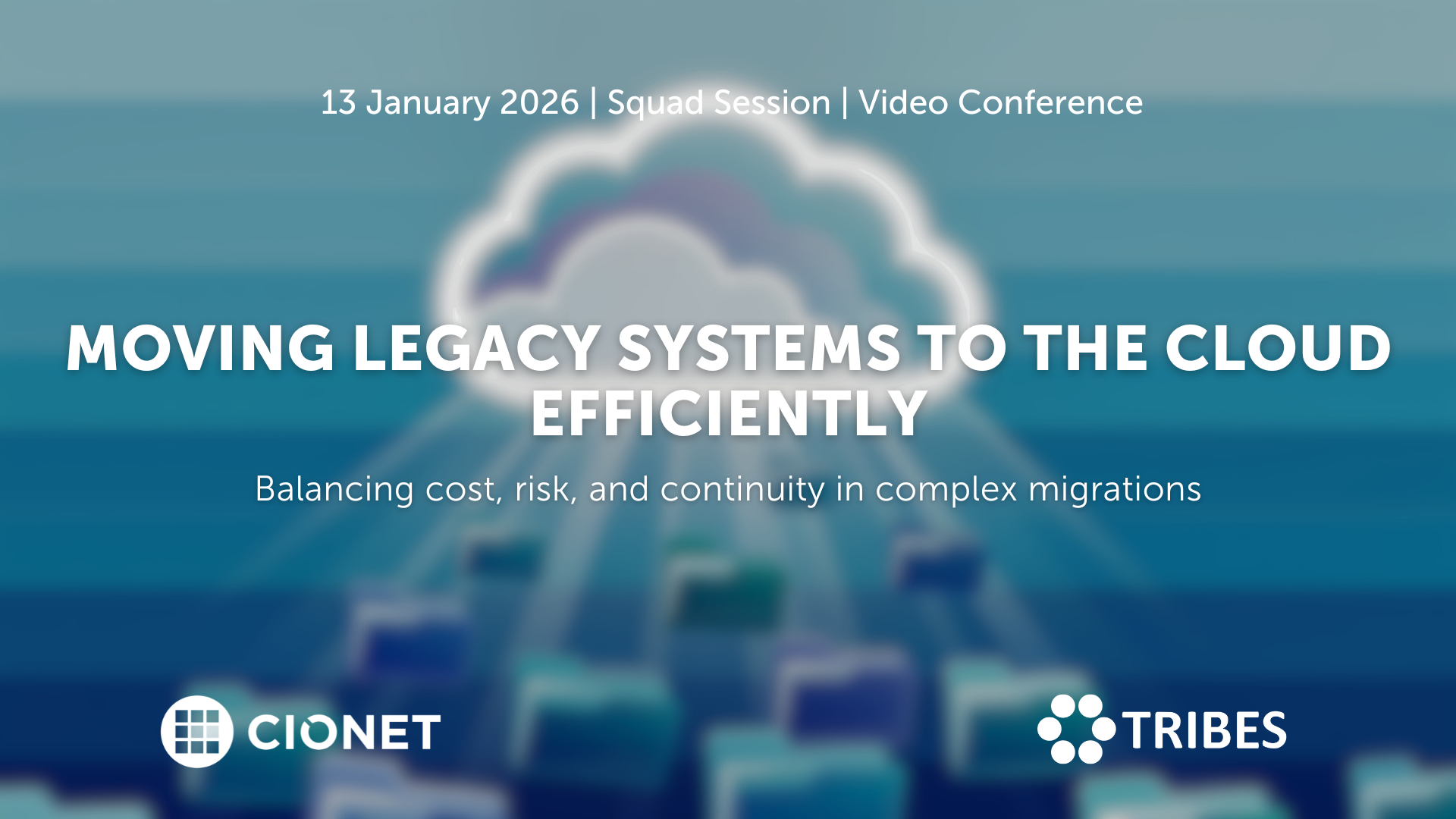
Belgium 13-1-26 Squad Only Virtual english
Migrating legacy systems to the cloud remains one of the toughest balancing acts in IT. Every choice affects stability, cost, and trust at once, and what starts as a modernisation effort quickly turns into a negotiation between ambition and reality. Suddenly budgets rise, dependencies appear late, and timelines tighten as old architectures collide with new expectations. In the end, success depends on sequencing, ownership, and aligning business priorities with infrastructure limits, and not only on technical readiness. Making it work requires more than a plan on paper. Knowing which systems genuinely belong in the cloud, which can wait, and which should stay put shapes the entire roadmap and defines its success. Each refactoring decision sets the level of future flexibility, but it also drives cost and risk. The trade-offs between speed, sustainability, and resilience only become clear once migration begins and pressure builds. Let’s discuss how to plan migrations that stay on track, manage hidden dependencies, and handle downtime with confidence. Let’s also discuss how governance, testing, and vendor coordination keep progress visible and credible. Are you in? A closed conversation for those who turn cloud migration from a disruption into a long-term advantage.
Read More.png)
Belgium 20-1-26 All Members Physical english
CIOs today are being judged less as technology leaders and more as portfolio managers. Every euro is under scrutiny. Boards and CFOs demand lower run costs, higher efficiency, and clear ROI from every digital initiative. Yet, they also expect CIOs to place bets on disruptive technologies that will keep the enterprise competitive in five years. This constant tension is redefining the role. In this session, we go beyond FinOps and cost reporting to tackle the strategic financial dilemmas CIOs face.
Read More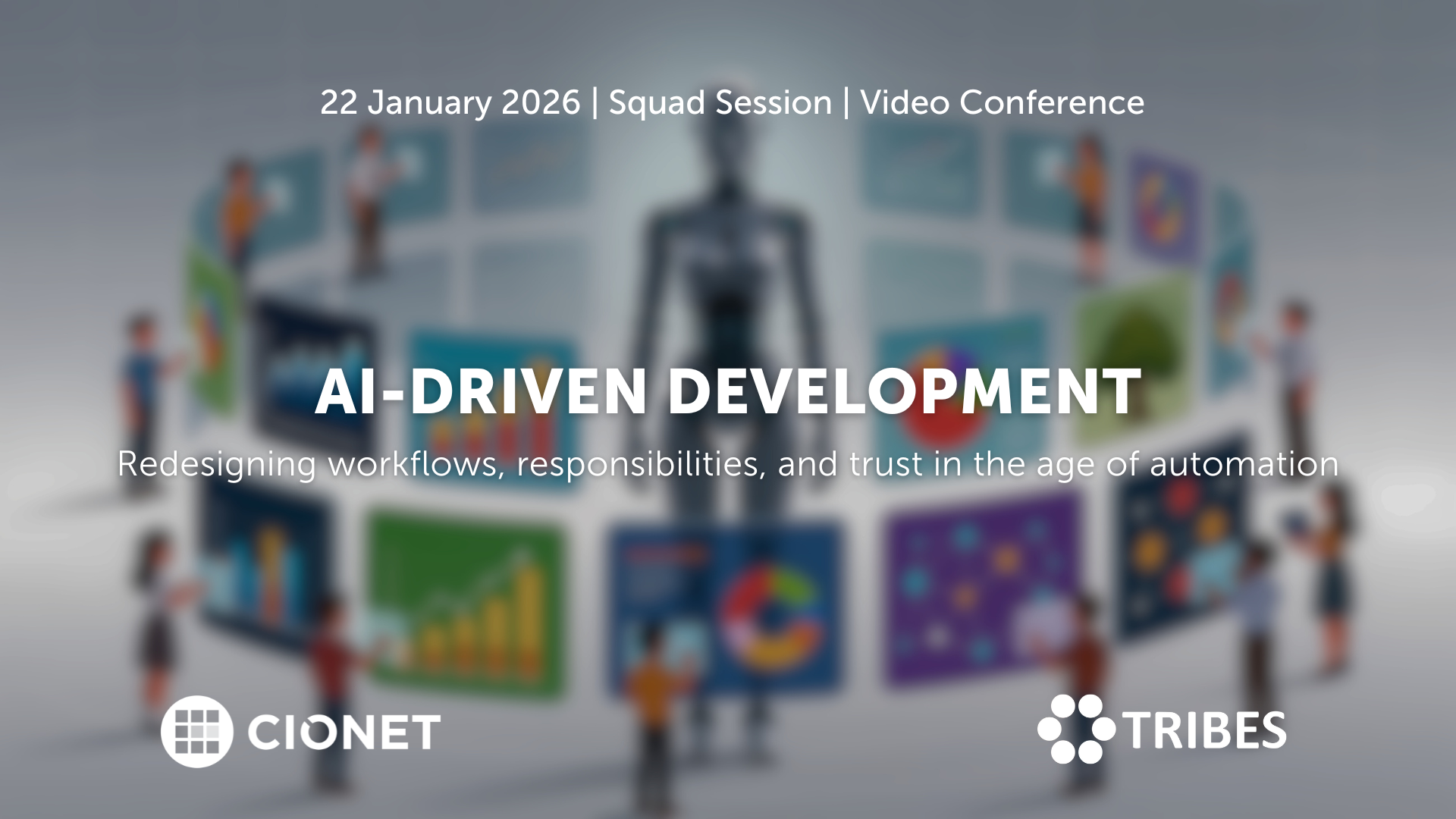
Belgium 22-1-26 Invitation Only Virtual english
AI coding assistants entered development teams quietly, but their impact grows by the day. What started as autocomplete now shapes architecture decisions, documentation, and testing. And when productivity gains are visible, so are new risks: security blind spots, uneven quality, and the slow erosion of shared standards. Teams move faster, but not always in the same direction. The challenge has become integration rather than adoption. And new questions have risen: how do you blend automation into established practices without losing oversight? When is human review still essential, and what should the rules of collaboration between developer and machine look like? As AI tools learn from proprietary code, where do responsibility and accountability sit? Let’s talk about how to redefine those workflows, balancing creativity with control, and protecting code quality in a hybrid human-AI environment. A closed conversation on where AI accelerates progress, where it introduces new debt, and how development culture must evolve to stay credible.
Read More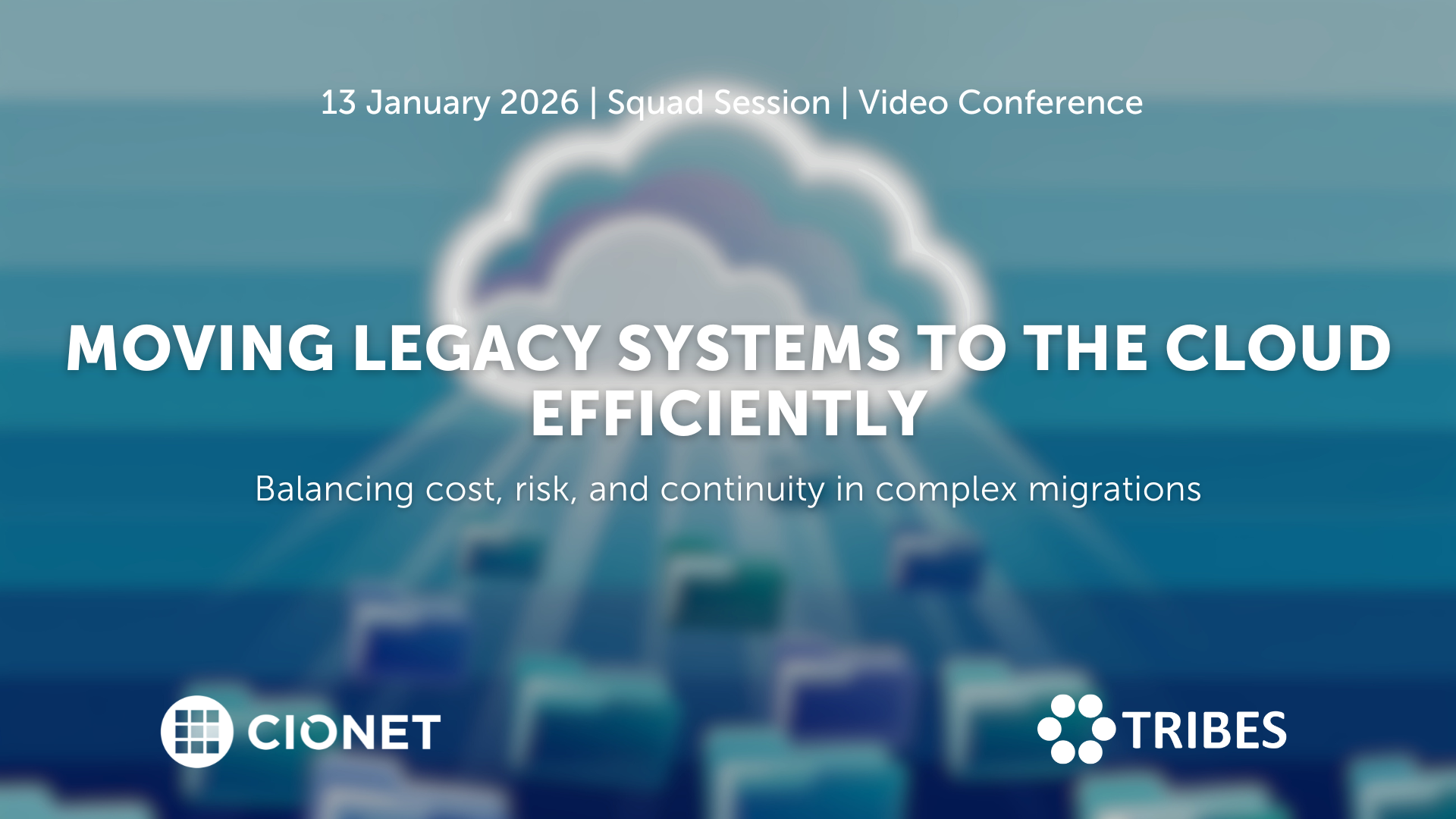
January 13, 2026 Squad Session Invitation Only Virtual english
Migrating legacy systems to the cloud remains one of the toughest balancing acts in IT. Every choice affects stability, cost, and trust at once, and what starts as a modernisation effort quickly turns into a negotiation between ambition and reality. Suddenly budgets rise, dependencies appear late, and timelines tighten as old architectures collide with new expectations. In the end, success depends on sequencing, ownership, and aligning business priorities with infrastructure limits, and not only on technical readiness. Making it work requires more than a plan on paper. Knowing which systems genuinely belong in the cloud, which can wait, and which should stay put shapes the entire roadmap and defines its success. Each refactoring decision sets the level of future flexibility, but it also drives cost and risk. The trade-offs between speed, sustainability, and resilience only become clear once migration begins and pressure builds. Let’s discuss how to plan migrations that stay on track, manage hidden dependencies, and handle downtime with confidence. Let’s also discuss how governance, testing, and vendor coordination keep progress visible and credible. Are you in? A closed conversation for those who turn cloud migration from a disruption into a long-term advantage.
Read More
January 22, 2026 Squad Session Invitation Only Virtual english
AI coding assistants entered development teams quietly, but their impact grows by the day. What started as autocomplete now shapes architecture decisions, documentation, and testing. And when productivity gains are visible, so are new risks: security blind spots, uneven quality, and the slow erosion of shared standards. Teams move faster, but not always in the same direction. The challenge has become integration rather than adoption. And new questions have risen: how do you blend automation into established practices without losing oversight? When is human review still essential, and what should the rules of collaboration between developer and machine look like? As AI tools learn from proprietary code, where do responsibility and accountability sit? Let’s talk about how to redefine those workflows, balancing creativity with control, and protecting code quality in a hybrid human-AI environment. A closed conversation on where AI accelerates progress, where it introduces new debt, and how development culture must evolve to stay credible.
Read More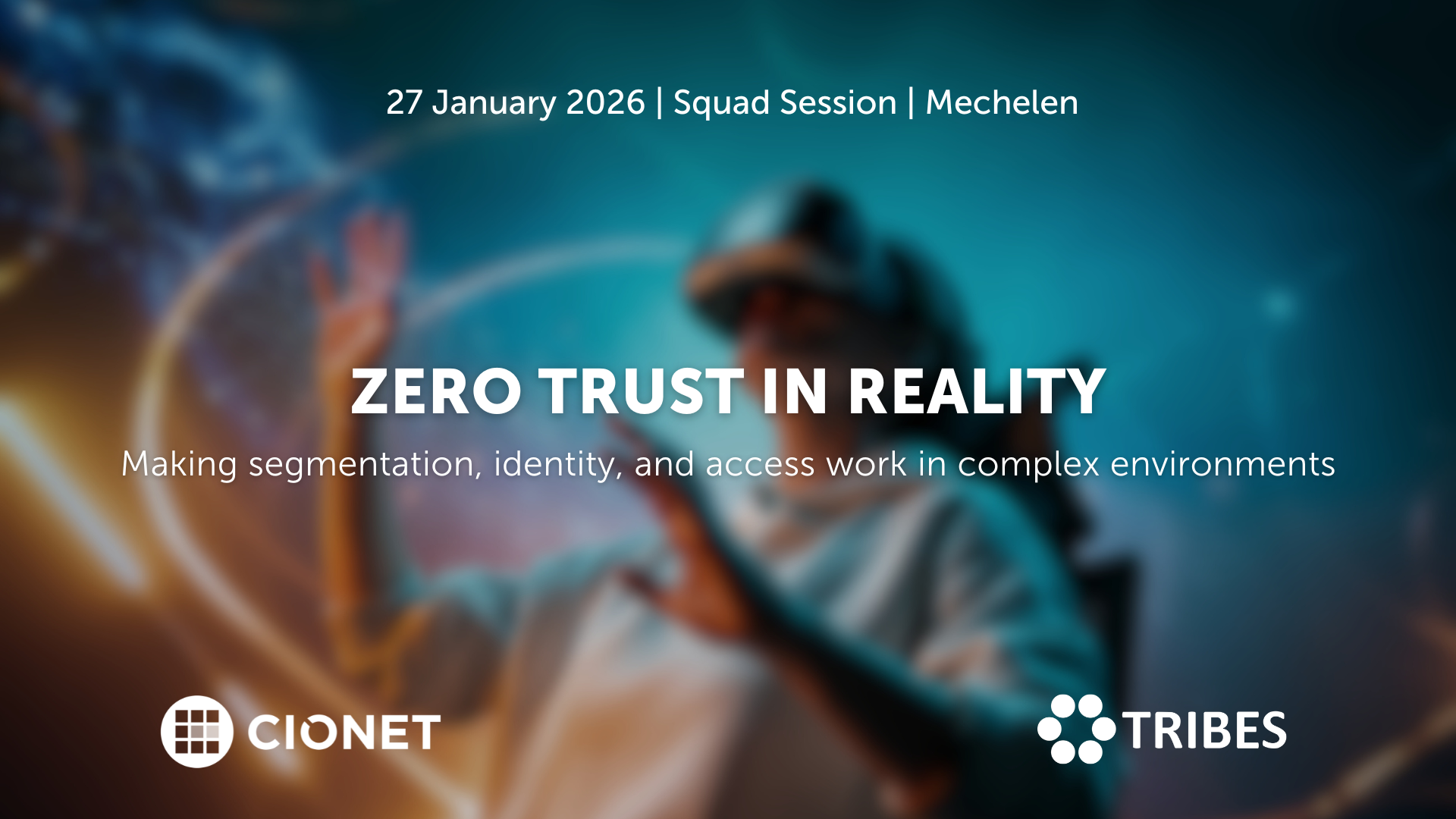
January 27, 2026 Squad Session Invitation Only Physical english
Zero Trust sounds simple on paper: trust no one, verify everything. But once you start implementing it, the fun begins. Legacy systems, hybrid networks, and human habits don’t read the manual. The idea is solid; the execution, not so much.
Read More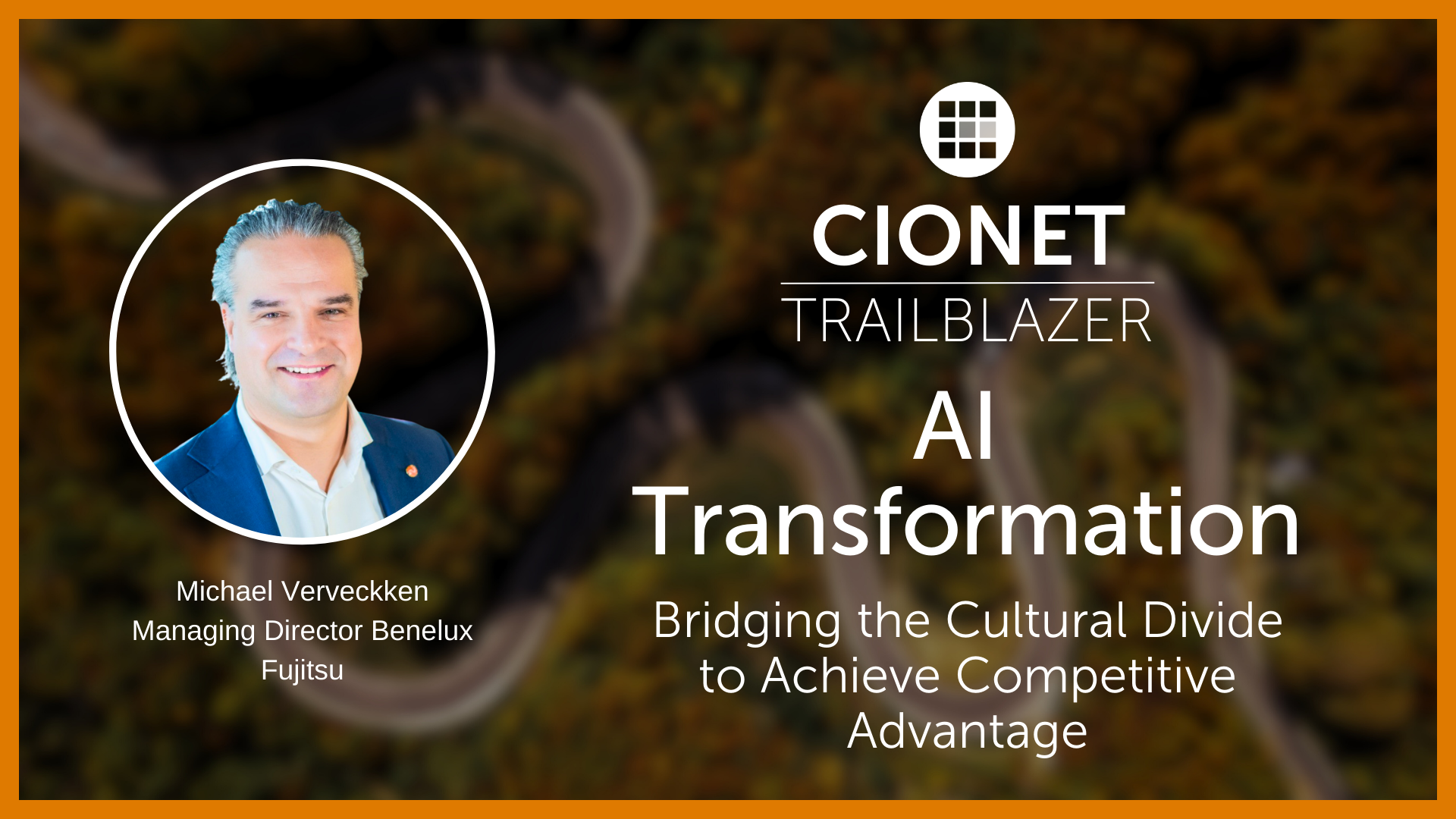
CIONET Trailblazer: AI Transformation: Bridging the Cultural Divide to Achieve Competitive Advantage
Published on: December 17, 2025 @ 9:16 AM
Salling Group speeds time to market for capacity amid retail surges
Denmark’s largest retail group, Salling Group, is focused on providing the best shopping experience for its brands’ customers. Migrating to Red Hat® OpenShift® on Google Cloud has brought resilience and scalability, improved operational efficiency, and reduced time-to-market for new nodes and new clusters.
Denmark’s largest retail group, Salling Group, is focused on providing the best shopping
experience for its brands’ customers, whether in its stores or online. While the community
version of the Kubernetes distribution that powers Red Hat OpenShift had provided a solid
platform for around 70 business-critical applications, its lack of stability and elasticity when
running on-premises meant Salling Group could not expand its use. Migrating to Red Hat
OpenShift on Google Cloud has brought resilience and scalability, improved operational
efficiency, and reduced time-to-market for new nodes and new clusters.
Adapting over the decades to evolving shopping habits
With a history that spans more than 110 years, Salling Group, Denmark’s largest retail group,
serves 11 million customers weekly. Its brands have evolved over the decades to support new
shopping habits and lifestyle changes; they include føtex, Bilka, and Netto. The group’s focus today
continues to be on providing the best shopping experience for its brands’ customers, whether in its
stores or online.
Upstream OKD—the community version of the Kubernetes distribution that powers Red Hat
OpenShift—had provided a solid platform for the group’s front- and back-end systems for many
years. While a partner provided the on-premises container platform, which hosted all customizations
and add-ons to Salling Group’s e-commerce platform. The 70 or so business-critical applications
running on the platform also include web shops, the entire purchase workflow for those shops and
telephone purchases, and m-commerce applications.
“Our management liked OKD and wanted to use it more,” said Shrutimitranand Chaturvedi,
Lead Engineer at Salling Group. Future plans included new mobile apps and additional campaigns
and offerings for Black Friday. But a lack of elasticity had impacted web shops’ profits during peak
periods such as Black Friday. “Our on-premise OKD wasn’t very dynamic. We couldn’t scale rapidly
during peak periods. We needed to plan months in advance whenever we needed to scale it up,”
said Chaturvedi.
Moreover, Salling Group had experienced many issues with on-premises OKD: “The platform
had been unavailable for hours at a time on several occasions, causing an unpleasant situation
with our retailers,” said Chaturvedi; a web shop being down could mean lost revenues for a retailer.
“Loads were always heavy on weekends and, because of that, we always had issues when we returned
to work on a Monday morning. We had a name for it—Disaster Monday. OKD running on-premises
was not very stable.”
Adopting an enterprise-level platform in a dynamic cloud
Looking for a more robust and flexible environment, Salling Group decided to adopt an enterpriselevel Kubernetes platform and move to the cloud. With OKD being the community version of Red
Hat OpenShift, the group chose to migrate from OKD 3 to Red Hat OpenShift 4. And after testing
several cloud environments, it selected Google Cloud. “Management didn’t want to move away from
the Kubernetes distribution in OKD and liked the dynamic nature of Google Cloud,” said Chaturvedi.
“They also liked that Red Hat OpenShift bundles many useful tools out of the box, including
auto-scaling and self-healing.”
With Salling Group one of the pioneers for running Red Hat OpenShift on Google Cloud,
Chaturvedi and his team worked closely with both Google and Red Hat experts to set up the
environment to meet the group’s specific needs. It also engaged professional support from
pre-sales solution architects for extra confidence during the migration. “We need a shared
virtual private cloud (VCP) in Google Cloud so our network and security teams can manage
their responsibilities separately,” said Chaturvedi. “We worked with Red Hat and Google experts
to figure out how to achieve the setup we needed.”
Chaturvedi and his team migrated the first set of applications—four customer support applications—
in just a month. With the customer support applications public-facing, Google Cloud features ensure
the network is secured with appropriate firewall rules put in place.
Enjoying peace of mind with a highly resilient and dynamic platform
Eliminated downtime during critical peak periods
Migrating to Red Hat OpenShift on Google Cloud has significantly improved resilience for Salling
Group. “Our environment is more stable with Red Hat OpenShift on Google Cloud,” said Chaturvedi.
He shared the example of a typical Black Friday—one of the year’s biggest events when traffic can
increase up to 20-fold. Thanks to Red Hat OpenShift, the big gathering with 20 people staying up
all night in the office to keep applications running is a thing of the past.
“Previously, we always had issues on Black Friday,” said Chaturvedi. “But since adopting Red Hat
OpenShift, the event has passed almost unnoticed for my team.” He revealed how on the first Black
Friday after migrating to Red Hat OpenShift on Google Cloud, his team gathered in the office just
like they always had in the past. But with no issues to fix, they got bored, enjoyed a nice meal,
then went home because there were no issues to fix.
Freed up five person-days each quarter
The self-healing and auto-scaling mechanisms in Red Hat OpenShift 4 have also freed up valuable
resources for Salling Group. Previously, Chaturvedi and his team would spend at least five persondays each quarter on regular maintenance of the OKD environment. “There was always something
we needed to do on the machines,” said Chaturvedi. “With Red Hat OpenShift 4 on Google Cloud,
we now have a stable environment that we spend almost zero time maintaining.”
Chaturvedi’s team no longer has to spend valuable time ensuring clusters are up or worrying about
something happening to one of the nodes. He added that “the self-healing in Red Hat OpenShift 4
is really amazing; we really like that it’s available out of the box”. For developers, it means they can
focus on their deliveries rather than getting held up by environmental issues.
Being able to add an extra node at the click of a button when you’re running out of capacity is
equally important to Salling Group. “We just have to click, and we have an extra node,” said
Chaturvedi. “And if we have too many nodes, we can remove one at the click of a button,
knowing everything will continue to work.”
Reduced time-to-market for new nodes and new clusters
With Red Hat OpenShift, a new node can be available in less than ten minutes—a far cry from the
three months’ wait of yesteryear. Previously, Salling Group would need to follow a rigid process
whenever it needed additional capacity. Chaturvedi and his team would need to give three months’
advance notice.
“With Red Hat OpenShift on Google Cloud, we get the dynamic behavior that allows us to change
capacity quickly whenever we need to,” said Chaturvedi. “Being able to add extra capacity very
quickly when we run short of resources is a very, very big improvement for us.” Provisioning a new
cluster is also much faster; it takes half an hour at most compared to up to eight hours with OKD.
From the developers’ perspective, the new environment has cut the time it takes to deploy
application changes from 45 minutes to less than three. “Migrating to Red Hat OpenShift 4
on Google Cloud has brought us continuous delivery,” said Chaturvedi. “Developers have more
confidence to do frequent deployments and make frequent changes.”
Made access to enterprise-level support easy
Salling Group never felt alone, revealed Chaturvedi—a stark contrast to the Group’s previous
experience when working with OKD. Whenever it needed assistance, Red Hat Support was just a
phone call away. “We are very happy with the active support we have from Red Hat,” said Chaturvedi.
“We simply created a support ticket and from there we were able to talk to someone. They were
always able to guide us.”
Expanding success into the future
Migrating to Red Hat OpenShift on Google Cloud has already brought Salling Group considerable
cost savings—and Chaturvedi sees more savings on the horizon. “Having a dynamic environment
means we no longer have to pay millions for a fixed number of servers that we need to keep for the
whole year even if we are not using them,” said Chaturvedi. “We’re working on using the full power
of the cloud to reduce costs even further.”
Chaturvedi’s team is thinking of shutting down the whole development environment and reducing the
capacity of the pre-production environment after working hours to cut costs—a capability that was not
possible before.
News of the team’s success has spread across Salling Group. “Now, other teams are interested in
moving their applications to Red Hat OpenShift on Google Cloud,” said Chaturvedi.
About Salling Group
Salling Group operates more than 1,700 stores and web shops in Denmark, Poland, and Germany,
and Starbucks and Carl’s Jr. franchises in Denmark. Its 61,000 colleagues generated a turnover
of 66,2 billion kroner in 2021.
284 Views 0 Likes Read More

Digital Transformation is redefining the future of health care and health delivery. All stakeholders are convinced that these innovations will create value for patients, healthcare practitioners, hospitals, and governments along the patient pathway. The benefits are starting from prevention and awareness to diagnosis, treatment, short- and long-term follow-up, and ultimately survival. But how do you make sure that your working towards an architecturally sound, secure and interoperable health IT ecosystem for your hospital and avoid implementing a hodgepodge of spot solutions? How does your IT department work together with the other stakeholders, such as the doctors and other healthcare practitioners, Life Sciences companies, Tech companies, regulators and your internal governance and administrative bodies?
Read More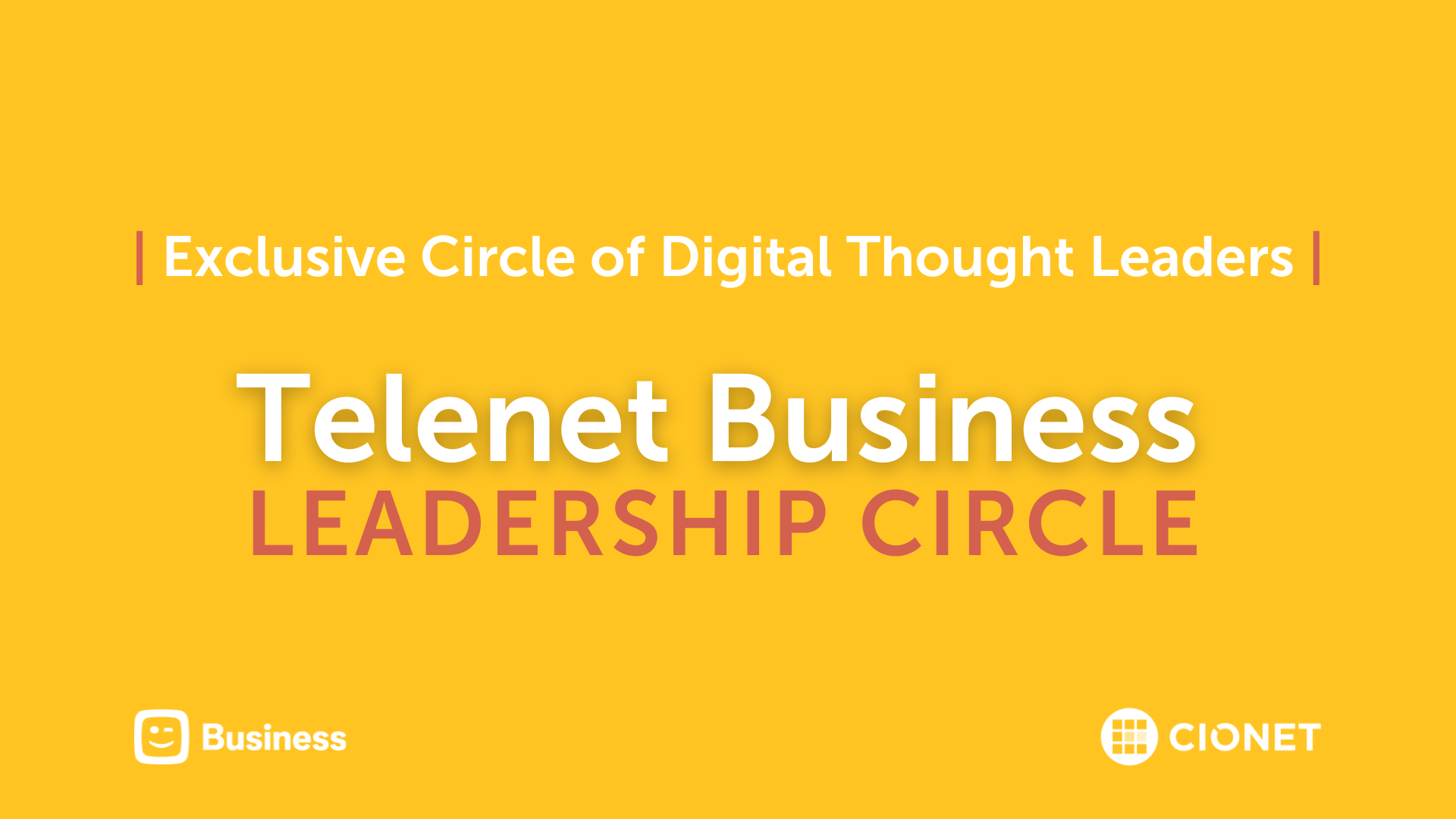
The Telenet Business Leadership Circle powered by CIONET, offers a platform where IT executives and thought leaders can meet to inspire each other and share best practices. We want to be a facilitator who helps you optimise the performance of your IT function and your business by embracing the endless opportunities that digital change brings.
Read More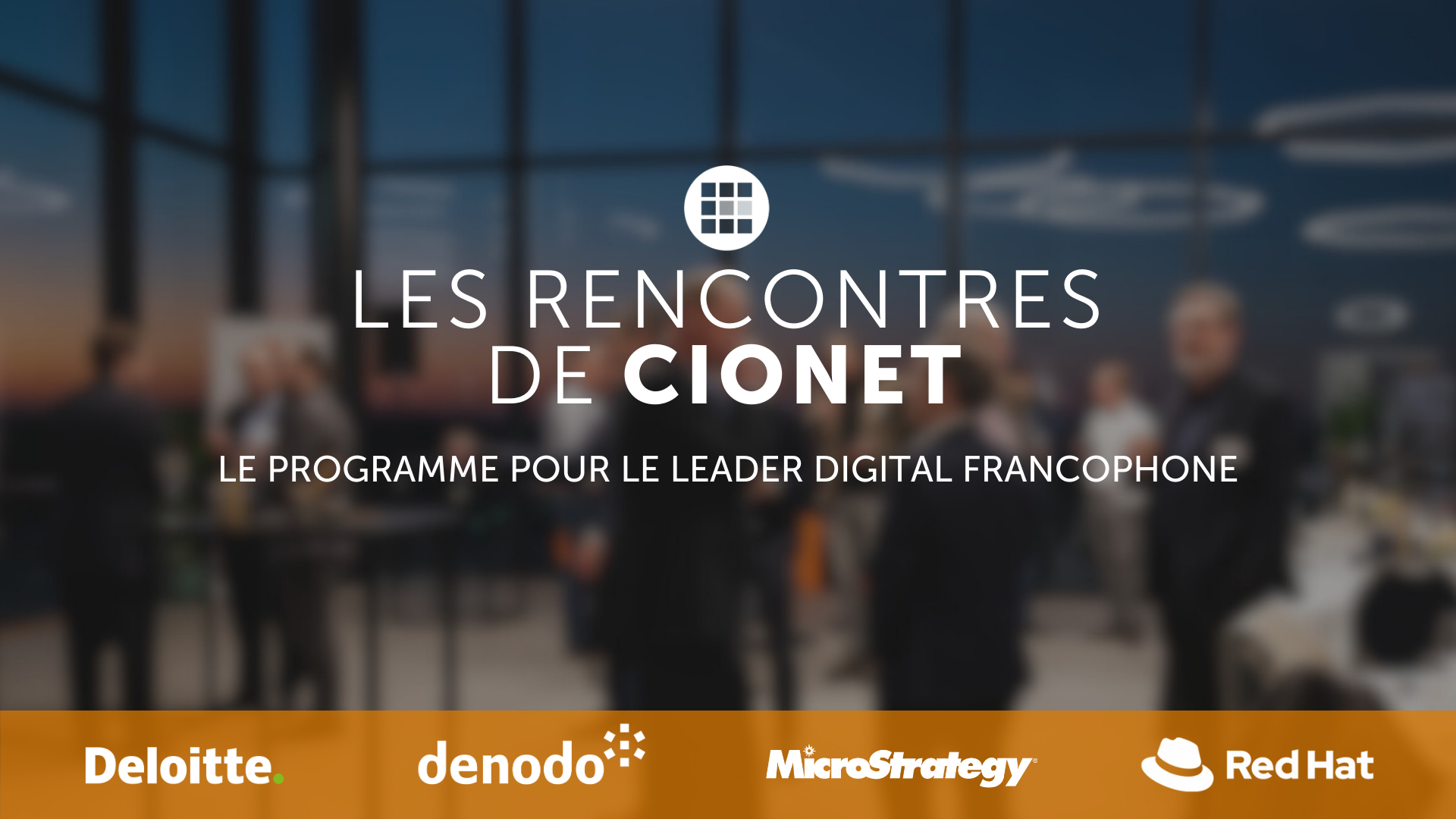
Découvrez la dynamique du leadership numérique aux Rencontres de CIONET, le programme francophone exclusif de CIONET pour les leaders numériques en Belgique, rendu possible grâce au soutien et à l'engagement de nos partenaires de programme : Deloitte, Denodo et Red Hat. Rejoignez trois événements inspirants par an à Liège, Namur et en Brabant Wallon, où des CIOs et des experts numériques francophones de premier plan partagent leurs perspectives et expériences sur des thèmes d'affaires et de IT actuels. Laissez-vous inspirer et apprenez des meilleurs du secteur lors de sessions captivantes conçues spécialement pour soutenir et enrichir votre rôle en tant que CIO pair. Ne manquez pas cette opportunité de faire partie d'un réseau exceptionnel d'innovateurs numériques !
Read More
CIONET is committed to highlighting and celebrating female role models in IT, Tech & Digital, creating a leadership programme that empowers and elevates women within the tech industry. This initiative is dedicated to showcasing the achievements and successes of leading women, fostering an environment where female role models are recognised, and their contributions can ignite progress and inspire the next generation of women in IT. Our mission is to shine the spotlight a little brighter on female role models in IT, Tech & Digital, and to empower each other through this inner network community.
Read More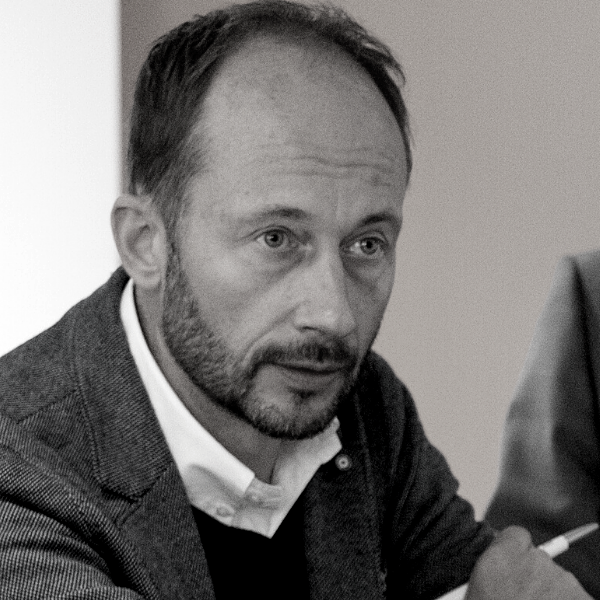


-Apr-01-2022-10-58-34-57-AM.png)





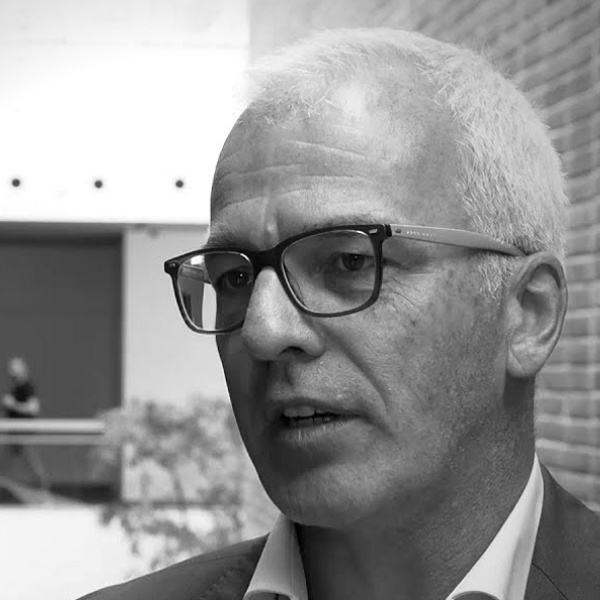





-Dec-13-2023-10-53-15-5032-AM.png)




-Jun-12-2023-01-23-11-7540-PM.png)




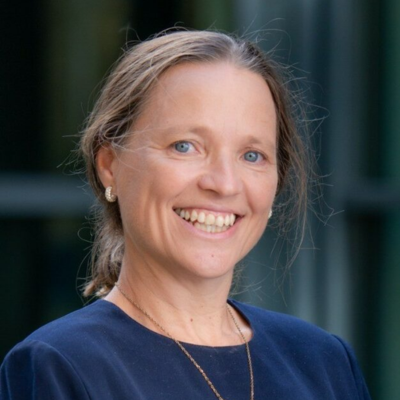
-Apr-01-2022-10-58-34-68-AM.png)



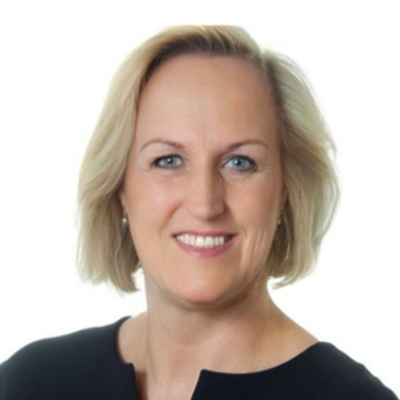
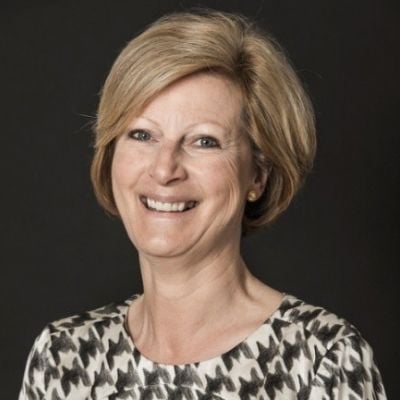


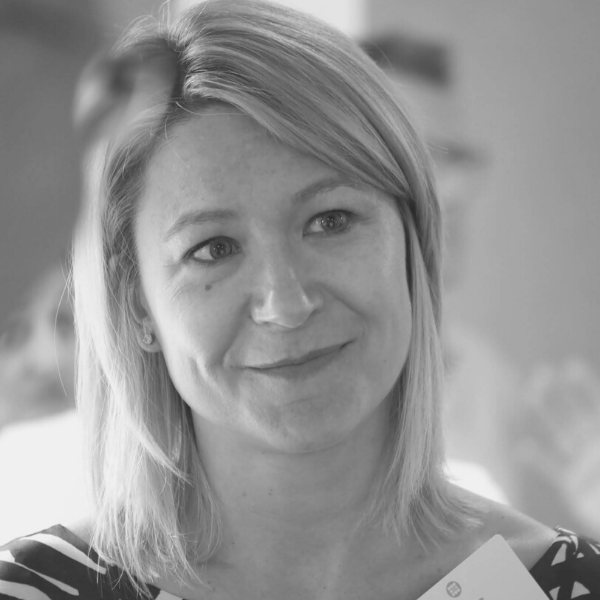


-2.jpg)




-Sep-01-2022-02-47-55-60-PM.png)
-Nov-22-2023-08-56-42-6802-AM.png)
.png)
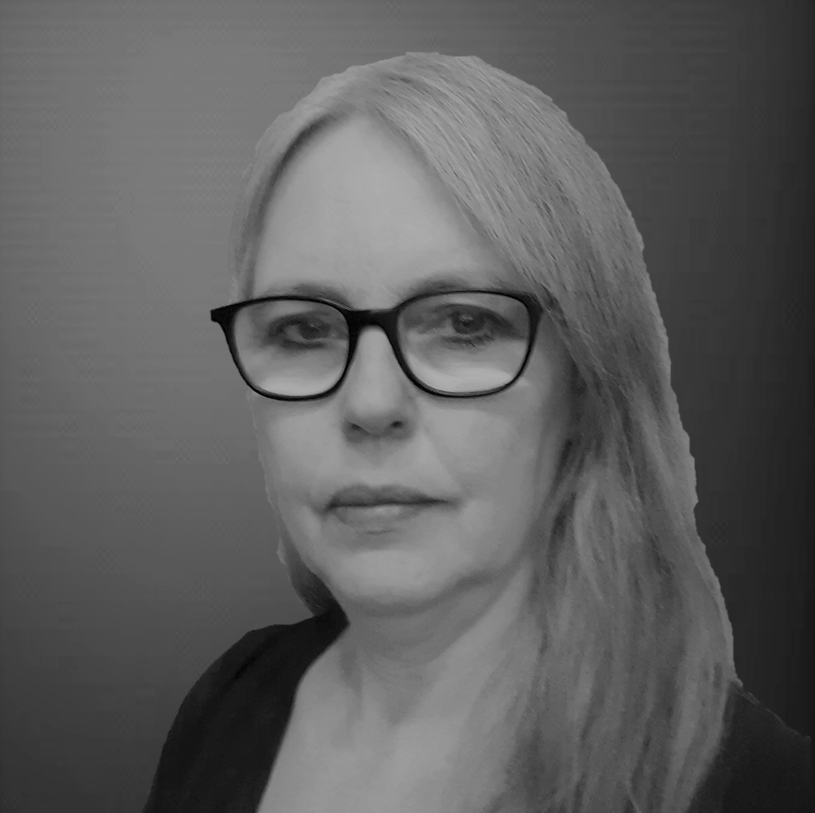
Would you like to know more about CIONET Belgium, membership or partnership opportunities? Do you have feedback or any other question? Send us a message!
You can either send us a registered handwritten letter explaining why you'd like to become a member or you can simply talk to us right here!